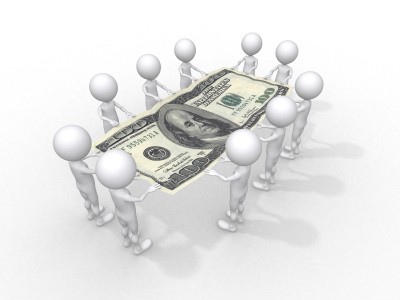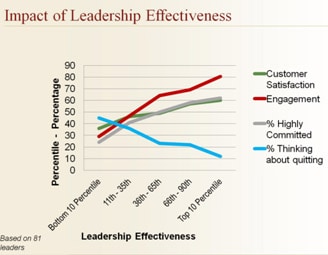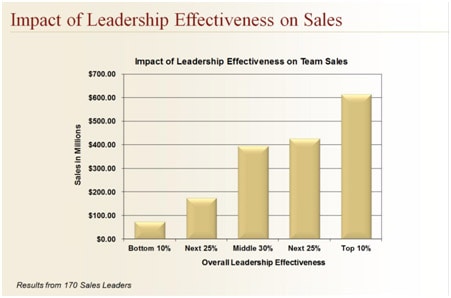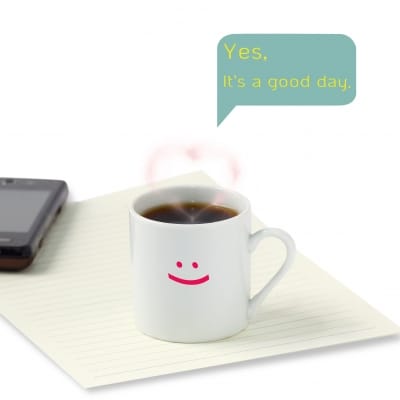
by thepeopleplan | Nov 30, 2012 | rewards
Does your organization pay discretionary bonuses or “profit sharing” to employees this time of year? Year end payments have many names… bonus, incentive, profit sharing, gain sharing…
The majority of organizations make these annual payouts that typically cost 3-10% of employee pay, but are you getting any “bang for your buck?”
The plans (if you have one) range from the individual to the entire group, and from an entitlement to true pay for performance. Of sometimes managers just pick a number and add it to someone’s paycheck.
The communication ranges from a personal conversation describing the specific performance that earned this bonus, to a team bonus tied to specific profit or operation goals, or a “hey, boss, thanks for the bonus, what was it for?” Perhaps worst of all is “where is MY year end bonus?
When payroll budgets are tight and benefit costs are rising at alarming rates, perhaps your management team should take a look at your year end payments, and ask the following questions:
- What are the desired behaviors (performance) that we want to reward (that help us achieve our goals)
- Does the payout reward desired behaviors?
- Do recipients understand how their payment linked to organization goals? (and what they can do to earn more of this?)
- Does it follow our firm’s Three C rules that employee ask:
-Clear— what do I need to do to earn it?
-Control— how do I impact the results that impact the amount?
-(not) Complex— is the plan easy to understand how I earn it?
As much as everyone likes “extra” money during the holidays, perhaps the money you are spending on these could be more effective properly linked to performance or diverted to another part of your total compensation budget.
Image courtesy of David Castillo Dominici at FreeDigitalPhotos.net

by thepeopleplan | Sep 21, 2012 | culture, job fit, performance
Supervisors—you can’t fire yours, but you certainly can leave them…
The topic of the supervisor- employee relationship has been researched and written about since “industrial psychology” started as a field. A recent book title summarize the importance of this dynamic in retaining and engaging employees, “People Leave Managers, Not Organizations.”
How many times did you come home from work and shared your frustration with your manager to friends or family? If this continued, was this a factor in a new job search?
Okay, you say, good supervisors are important, but what is the real impact of a great one? Perhaps you have a few good ones, and few okay ones and only one that is really struggling to connect with her staff and/or achieve important results.
Consider these findings from Zenger Folkman group (see charts below):
- The best leaders had more than twice as many committed and engaged employees
- The worst leaders had more than four times as many employes thinking about quitting
- The best leader’s team had almost twice the customer satisfaction levels
- The best leader’s team in a sales study had almost 10 times (!) the sales compared to the worst leader’s team and about 50% more than the average leader’s team
What makes supervisors “multipliers” or “diminishers”—read Zenger Folkman article that lists the key “fatal flaws” of managers


Image courtesy of Stuart Miles at FreeDigitalPhotos.net

by thepeopleplan | Sep 21, 2012 | performance
95 days until Christmas…
If you are like most small business owners and managers, you started out 2012 with awesome plans:
We want to grow our business, install that new computer program that will save us time, survey our customers and improve the service they get, (insert your goals here)!
How did these work out? Did your company move those “rocks” to improve your revenue, profits, customer satisfaction? Or did you and your staff get bogged down in the day to day of the business?
First, don’t despair—you still have a bit more than 90 DAYS left this year to work on one TOP ROCK before the holidays.
Secondly, don’t blame yourself, blame your People systems. (Most) employees do not miraculously take your good idea, find a solution to best achieve the goal, and the run with the ball until the touchdown is scored. (If you have someone that does this, congratulations!)
The solution:
Change your Culture to one where your People focus on doing more than just their daily “job”:
How:
You need more than a one day strategic planning retreat or manager training, you need to implement the People systems that:
- focus the entire organization on priority goals
- identify the ROCKS it will take to achieve those goals (one per quarter)
- assign specific action steps to individual employees (delegate!)
- coordinate and monitor everyone’s efforts and deliverables to achieve those important ROCKS
- hold people accountable to complete their assigned responsibilities
- learn and improve the process
Most employees (and managers and owners) find themselves on the hamster wheel each day, taking care of customers and having meetings and putting out fires. Then each quarter passes while we wistfully think about all those projects on our “wish list.”
You have to expect every employee to contribute to implementing projects and solutions for process improvement. You need a management process and rhythm to let people know “what else” they can do and get them doing it.
How do you start?
Step One- Define your Strategy and Goals- Mastering the Rockefeller Habits is a good resource to identify your 5 year strategy and one year goals.
Step Two- Design, Define and Implement the 6 steps above that will change your organization’s habits to align everyone with achieving your goals
If you are in the Buffalo area, we are offering a three night workshop (Oct 3, Oct 17, Nov 14) to develop your People Plan™ that will put People systems in place to achieve your ROCKS.
Image courtesy of Danilo Rizzuti at FreeDigitalPhotos.net

by thepeopleplan | Aug 7, 2012 | action plans, culture, performance
You have rewarded your best supervisor with a promotion to manager.
She is the one person you could rely on to put out the fire, lead the charge on an install, and to get stuff done. Now you granted her the authority to lead the team and changed her role so now she has the time to “be a manager.”
But for some reason, she is not transforming the department as you expected.
You ask yourself, why does she:
- Continue to react to problems instead of implementing process improvement
- Work at the level of tactics and today’s work instead of thinking more strategically
- Struggle with holding team members accountable
- Spend more time than you expect in the field/ warehouse/ or “wandering around”
- Fail to implement those projects that have been on your wish list for months or years
Your star supervisor may have the competencies to be a manager, or may need business systems and coaching to develop these skill sets.
Here is a short list of common competencies that both supervisors and managers should have:
- Decisive Judgment
- Planning and Organizing
- Driving for Results
- Managing Others
- Coaching and Developing Others
Supervisors and managers also approach their work at different levels knowledge, methods, time horizon and involvement with process:
| Area |
Supervisor
|
Manager
|
| Change |
Adapting to Change
|
Championing Change
|
| Methods |
Motivating Others
|
Relationship Management
|
| Knowledge |
Functional or Technical Acumen
|
Business Acumen
|
| Time Frame |
3-12 months
|
1-2 years (general managers 2-5 years)
|
| Systems/ process |
Follow and support systems
|
Create, monitor, improve systems
|
If this situation sounds familiar, take a moment and rate your manager on the level of competence for each of these skills to answer the question “is she a supervisor or a manager?” Her development plan would then be designed to improve in these key areas.
Image courtesy of Master isolated images at FreeDigitalPhotos.net

by thepeopleplan | Aug 4, 2012 | culture, job fit, performance
I remember a Seinfeld episode where Jerry and Kramer pretended to be a traditional couple “How was your day, dear?”
Yes, they mocked this but how important are the People experiences to your day at work?
If you had a “bad day” it is often because of the people experiences you had—you had to assuage a difficult customer, a subordinate made a poor decision or behaved badly, a team member did not complete his part of the project and you had to do more work, your supervisor or co-worker was grumpy or critical, or you had to deal with petty politics.
Your day to day experiences with customers, managers and your team and the climate and culture of the office can be motivational or sapping to your energy.
Our firm’s founder Dr Jerry Newman found that social interaction was a key indicator in job satisfaction and retaining good workers in his book My Secret Life on the McJob. In fact, he found that many teenagers stayed at their fast food job even after college graduation partly based on the great camaraderie they felt at work.
A recent Gallup poll found that if someone had a “best friend at work” they reported more positive perceptions of their job, including much higher ratings of recognition, development, co-worker reliability, job importance, and achievement factors.
McDonald’s is leveraging the importance of what they call “Friends & Family” to attract employees.
According to a recent article by our firm’s founder Dr. Jerry Newman and McDonald’s Executive Vice President and Chief Human Resources Officer Richard Floersch, McDonald’s actually has very high employee perceptions of their people experiences in their job.
Reward/ Percent Who Love This About McDonald’s:
- Culture 82%
- Teamwork 80%
- People I work with 78%
Image courtesy of samuiblue at FreeDigitalPhotos.net










